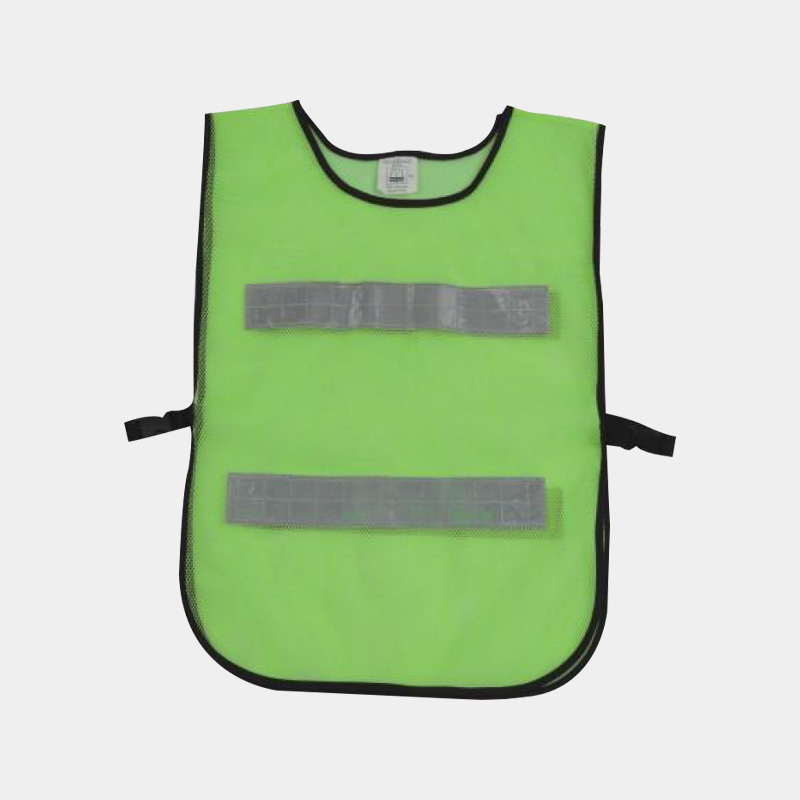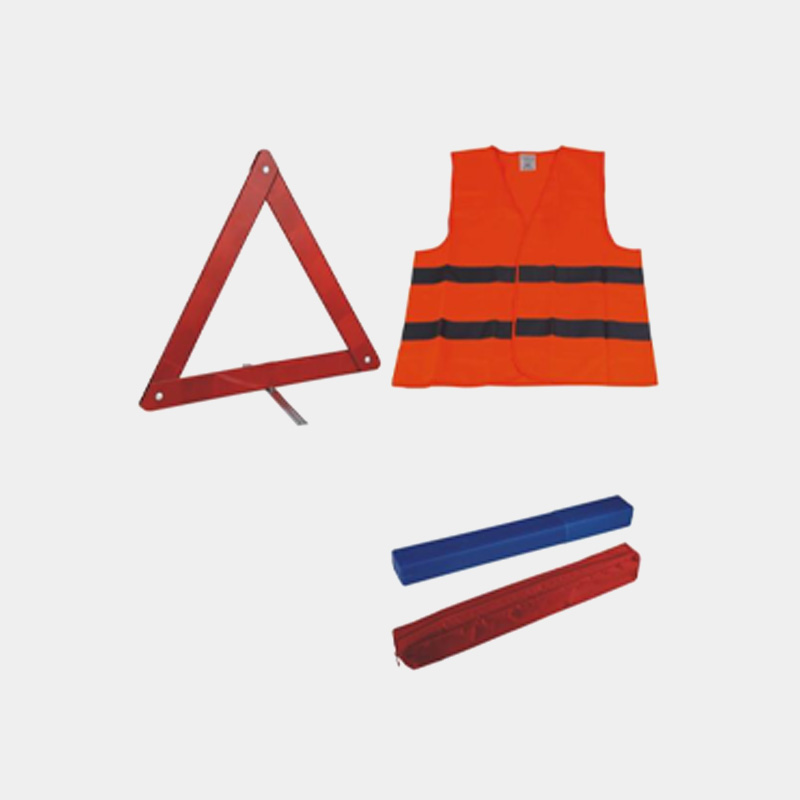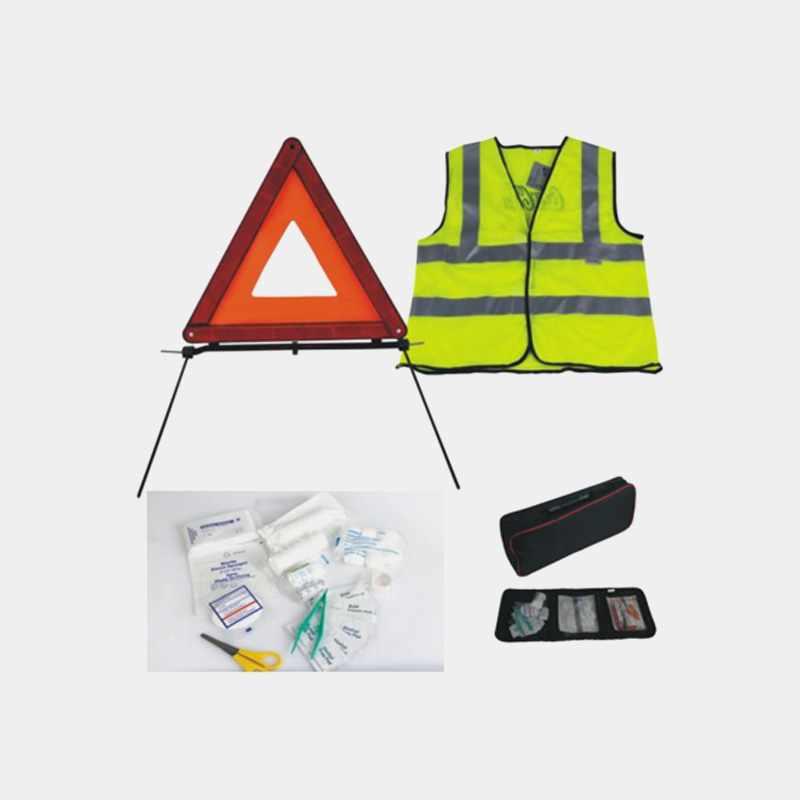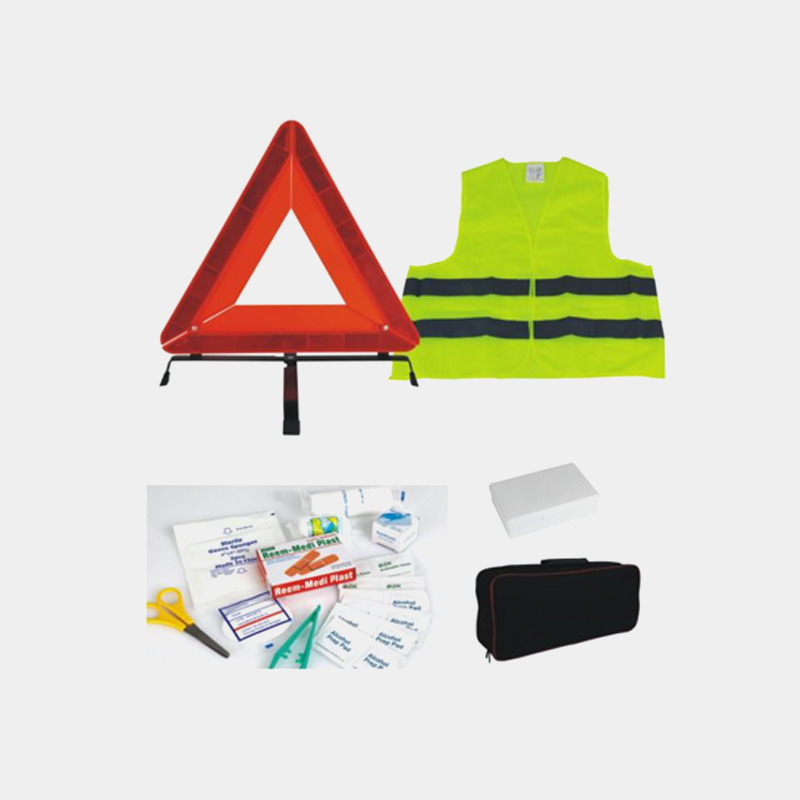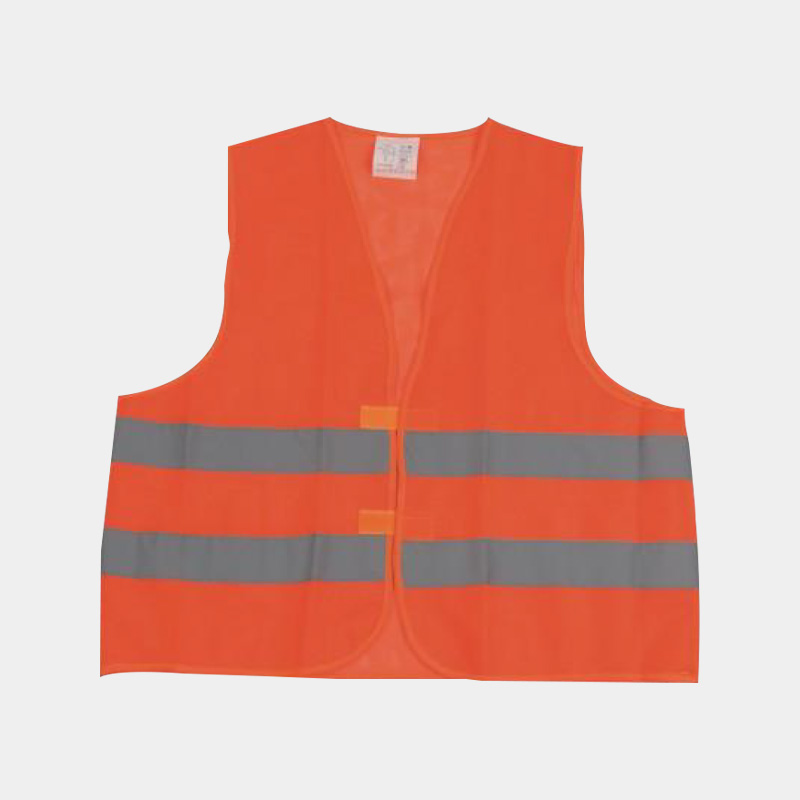In the field of modern traffic safety, color contrast is one of the important factors to improve recognizability. Traditional triangular warning signs usually use red borders, yellow or white backgrounds, and black patterns. This color scheme makes full use of the human visual system's high sensitivity to red and yellow, especially in the natural environment, forming a sharp contrast, which can effectively attract the driver's attention. In order to further enhance recognition, it is recommended to use high-saturation, high-contrast industrial-grade reflective film materials, which ensure that the signs still maintain excellent recognition performance at night or in low-visibility environments. In high-risk scenarios such as highways, mountain bends, and bad weather, materials with excellent reflective properties can significantly extend the visible distance of the signs, thereby providing drivers with more reaction time and reducing the risk of accidents.
The readability of fonts and graphic information should also not be ignored. In order to avoid misreading or visual interference of information, the internal pattern design should follow the principles of simplicity, symbolization, and unity, minimize unnecessary details, and maintain the international standard of graphic language. For triangular warning signs that need to contain text content, it is recommended to use sans serif fonts and ensure that the font size and character spacing are reasonably set to ensure that the information is still well readable at a long distance. In addition, the font inclination and viewing distance are optimized according to the installation height, viewing angle and use environment to ensure that it can be clearly seen from different viewpoints.
The choice of sign material has a direct impact on recognizability. Modern warning signs generally use metal aluminum plates or polycarbonate materials with high weather resistance, UV resistance and corrosion resistance as the base, and are matched with micro-prismatic reflective films or high-brightness fluorescent materials, thereby effectively improving the visual performance stability under various climatic conditions. Especially in areas with complex urban road lighting, dust-intensive construction site environments or humid and rainy areas, high-quality materials can not only extend the service life of the signs, but also ensure that the signs still have reliable visibility and recognizability in various harsh environments.
The coordination between the installation location and the environment also plays a vital role in recognizability. The scientific and reasonable setting location should fully consider the traffic flow direction, vehicle speed, visual obstructions, lighting conditions and the movement path of the driver's line of sight to ensure that the triangular warning sign is always in the focus area of the observer's line of sight. In addition, for special environments, such as tunnel entrances, sharp turns and elevated sections, the warning effect can be enhanced by adding repeated settings, interval prompts and ground auxiliary markings, achieving three-dimensional distribution of spatial information and thereby improving overall warning efficiency.

